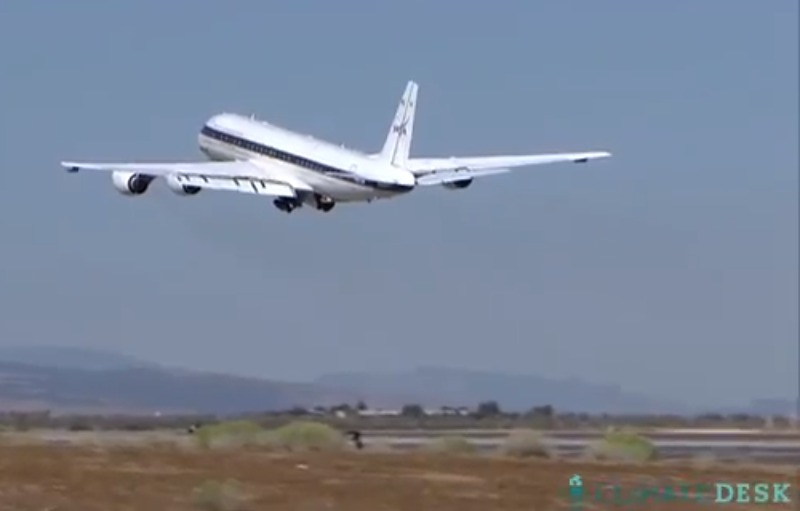One of the biggest question marks hanging over climate studies right now is about the role of clouds and the aerosols, tiny airborne particles, that shape them. The problem is clouds move fast, making them hard to model, and depending on their concentration at different altitudes, clouds can cool or heat the planet. Scientists agree that before they can build the best models to predict climate change, they first have to understand clouds.
This summer, NASA has been working to crack this problem, at 30,000 feet, aboard a custom-equipped flying laboratory. Climate Desk was invited on board for an eight-hour mission to suck the secrets out of clouds.
 This story was produced as part of the Climate Desk collaboration.
This story was produced as part of the Climate Desk collaboration.



